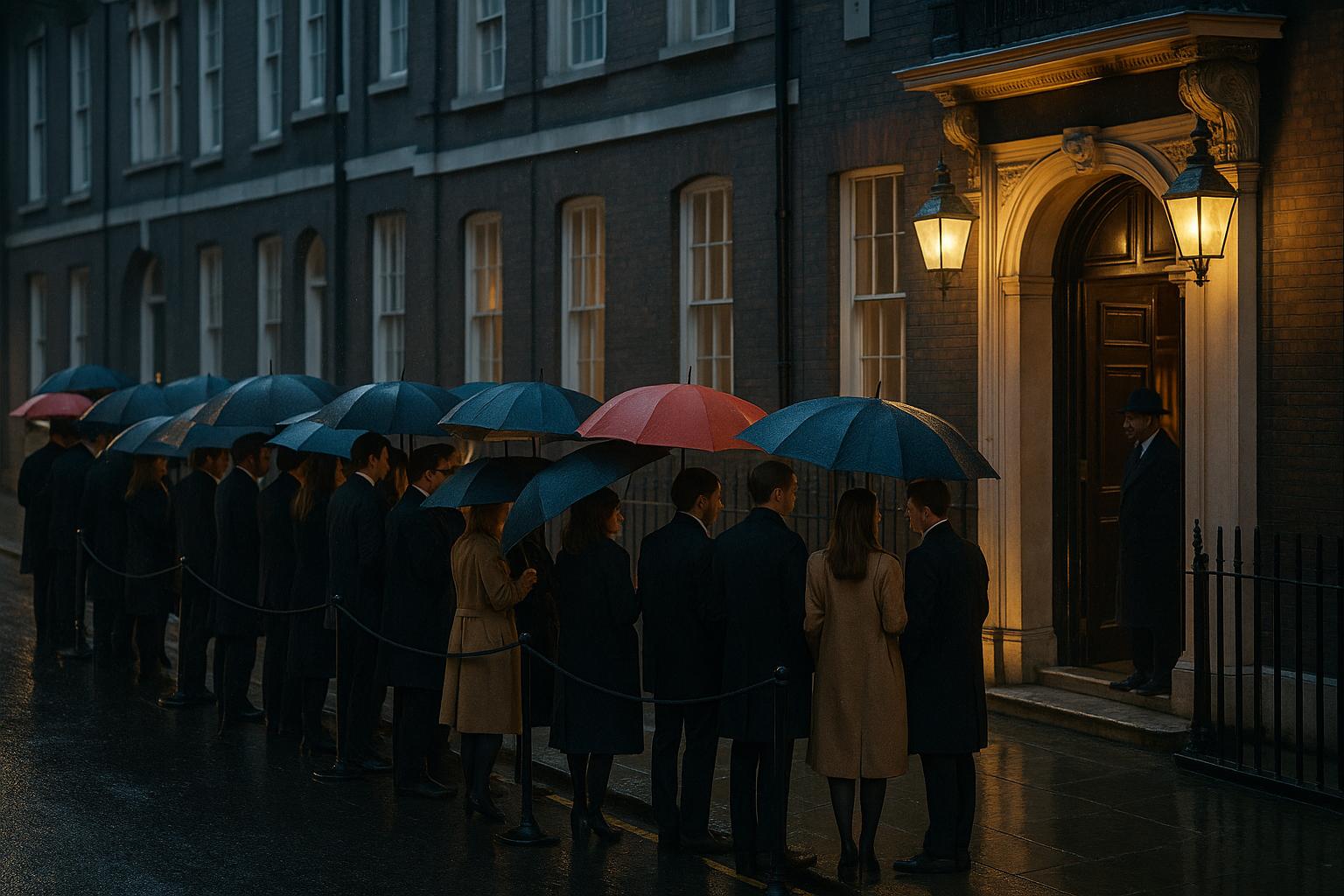In the heart of central London, the sight of people starting their wait for an event as early as 8 pm the night before has become an intriguing phenomenon rather than merely a mark of impatience or inconvenience. Christina Spence, a 16-year-old queuing with her family outside the new Skin Cupid store, represents a growing trend where waiting in long lines turns into a social and communal experience. For Christina and many others, queuing is not simply about obtaining a product that could be bought online but about embracing the excitement and sense of achievement that comes with being among the first to enter.
This resurgence in queuing culture is particularly notable in major cities, where people now treat lines as opportunities for connection. Twenty-six-year-old Maryam, who arrived at 5 am, highlights how queues foster friendships and shared experiences. With people like Shannon Louise Brown forming ongoing social groups from these events, the queue evolves into a micro-community. Such camaraderie transforms waiting into a shared adventure rather than a solitary ordeal, a sentiment echoed by Cheryl Spence, who has weathered many queues alongside her daughters.
Psychologically, the allure of such queues can be linked to the anticipation and reward system in the brain. Dr Nilufar Ahmed, a psychologist at the University of Bristol, explains that queuing for pleasurable and exclusive experiences—whether for limited-edition items or first-access events—triggers the release of dopamine, the neurotransmitter responsible for feelings of pleasure and motivation. This neurological reward system helps explain why people enjoy queuing when it is linked to a desirable outcome, like exclusive merchandise or unique experiences. The scarcity and exclusivity of the reward intensify this effect, creating a buzz that is both social and psychological.
Brands have become keen to capitalise on this renewed enthusiasm for queues by integrating them into experiential marketing strategies. Events at stores such as Uniqlo in Liverpool and pop-ups during London Fashion Week show how companies use queues deliberately to build anticipation, excitement, and exclusivity. These events often feature giveaways, performances, and interactive setups designed to encourage social media sharing and increase consumer engagement. The Institute of Practitioners in Advertising reports a significant rise in event marketing budgets, reflecting how experiential marketing has become a crucial tool for brands to stand out in crowded marketplaces.
Experts in marketing underline the strategic benefits of these experiential events, which extend beyond mere product sales. They help brands forge emotional connections with consumers, boost social media visibility, and generate positive word-of-mouth. Memorable brand interactions, as Millie Davison of One Events UK notes, help brands capture modern consumers' attention, who increasingly seek participation and unique experiences over traditional advertising. Brands that create immersive and enjoyable queues often benefit from enhanced brand reputation and customer loyalty.
For individual participants, while free gifts and goodies are undoubtedly tempting—as Phillipa Obisor attests—many value the overall experience more. Interactive elements such as photobooths, games, and creative workshops heighten enjoyment and create lasting memories, turning what was once a tedious wait into an event in its own right. The appeal is amplified by the shared human connection and a sense of being part of an exclusive community, making queuing an activity that many are willing to embrace repeatedly.
This evolving queuing culture reflects broader shifts in consumer behaviour and marketing. It demonstrates how experiential marketing leverages social interaction, emotional engagement, and exclusivity to create powerful brand experiences. Whether it’s the thrill of anticipation, the appeal of freebies, or the chance to socialise and form new friendships, the contemporary queue is far from being just a delay; it has become a destination and a marker of cultural engagement in modern urban life.
📌 Reference Map:
- Paragraph 1 – [1], [2]
- Paragraph 2 – [1], [2]
- Paragraph 3 – [1]
- Paragraph 4 – [1], [2]
- Paragraph 5 – [1], [3], [4], [5], [6], [7]
- Paragraph 6 – [1], [2]
- Paragraph 7 – [1], [2]
Source: Noah Wire Services
